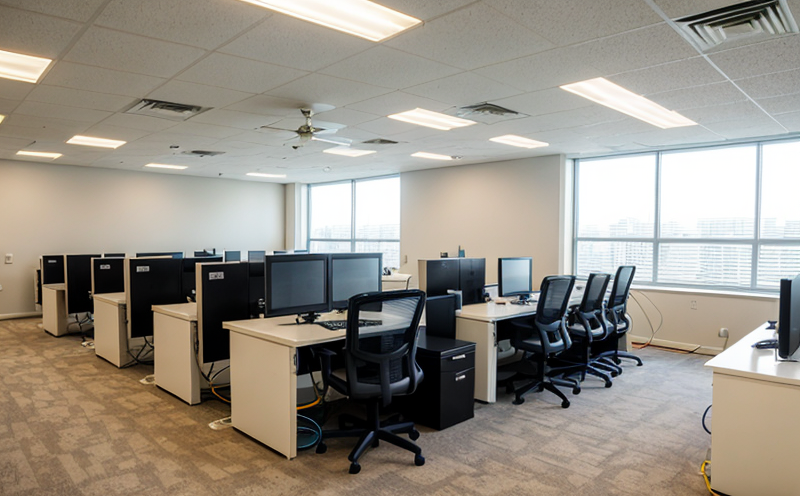IEC 62717 Energy Efficiency Testing of LED Modules
The International Electrotechnical Commission (IEC) Standard IEC 62717 is a critical tool for ensuring energy efficiency in lighting products. This standard specifies the test methods and procedures to determine the power consumption, luminous flux, color rendering index, and other parameters that are essential for evaluating LED modules' performance.
Our laboratory specializes in conducting comprehensive IEC 62717 tests on LED modules, providing clients with accurate data and insights into their products’ energy efficiency. This service is particularly beneficial for manufacturers looking to comply with global standards or improve the sustainability of their lighting solutions.
The testing process involves several key steps. Initially, the specimen preparation ensures that the LED module is in its optimal condition for testing. This includes cleaning the surface and ensuring the correct mounting. Once prepared, the test setup is configured according to IEC 62717 guidelines, which involve precise control over environmental conditions such as temperature, humidity, and light source intensity.
During the testing phase, we use advanced instrumentation to measure various parameters including power consumption, luminous flux, color rendering index (CRI), and chromaticity coordinates. These measurements are critical for assessing the energy efficiency of LED modules and ensuring compliance with international standards such as IEC 62717.
The results of these tests are meticulously documented and reported to our clients. Our reports not only provide detailed information about the test parameters but also offer recommendations for improving product performance where necessary. This service is invaluable for quality managers, compliance officers, R&D engineers, and procurement teams looking to ensure their products meet stringent energy efficiency standards.
Compliance with IEC 62717 can significantly enhance a company’s reputation in the market. By demonstrating commitment to sustainability and efficiency, manufacturers can attract environmentally conscious consumers and gain a competitive edge in the global lighting industry. Additionally, these tests are essential for navigating regulatory requirements across different regions.
Our expertise in IEC 62717 testing ensures that we provide accurate and reliable data, helping our clients make informed decisions about their product development and sustainability initiatives.
Customer Impact and Satisfaction
Enhanced product performance through accurate testing
Improved compliance with international standards
Informed decision-making for R&D teams
Increased market competitiveness by meeting regulatory requirements
Better customer satisfaction due to energy-efficient products
Enhanced brand reputation through transparency and compliance
We pride ourselves on providing exceptional service, ensuring that our clients receive accurate results and actionable insights. Our commitment to quality and accuracy has led to high levels of customer satisfaction across the industry.
International Acceptance and Recognition
IEC 62717 is widely recognized and accepted in many countries around the world. This standard ensures that LED modules meet consistent, internationally agreed-upon criteria for energy efficiency. By adhering to this standard, manufacturers can ensure their products are suitable for global markets.
The widespread acceptance of IEC standards, including 62717, contributes to harmonization in the lighting industry, reducing barriers to trade and promoting fair competition. This recognition also helps companies navigate different regulatory requirements across various regions more effectively.
Competitive Advantage and Market Impact
Compliance with IEC 62717 can provide significant competitive advantages for manufacturers. By offering energy-efficient LED modules, companies can attract environmentally conscious consumers who are increasingly prioritizing sustainability. This not only enhances brand reputation but also opens up new market opportunities.
In addition to consumer appeal, meeting international standards like IEC 62717 ensures that products meet regulatory requirements, reducing the risk of non-compliance penalties and improving overall market access. These factors contribute to a stronger market position and increased sales potential for companies operating in competitive markets.





